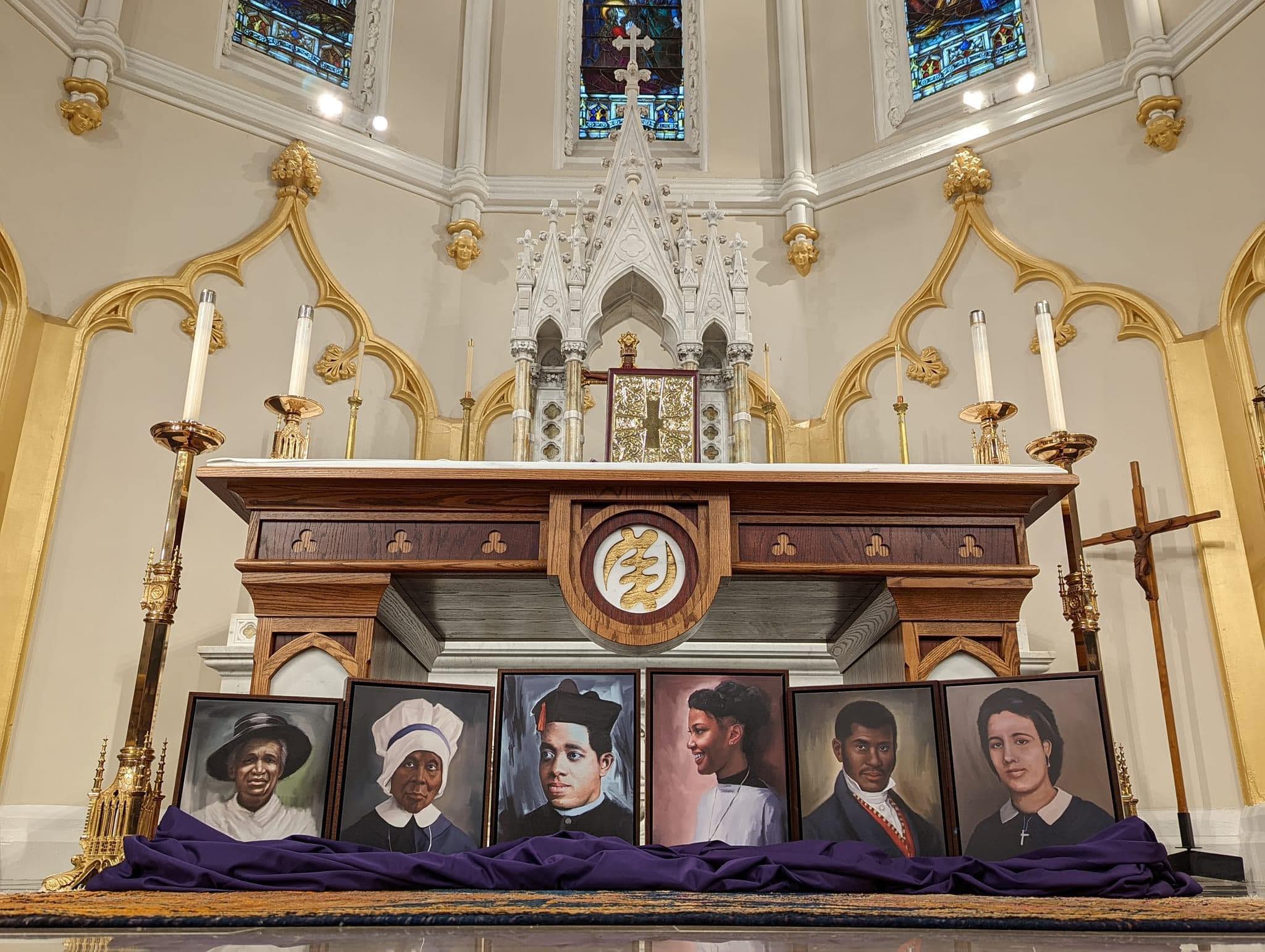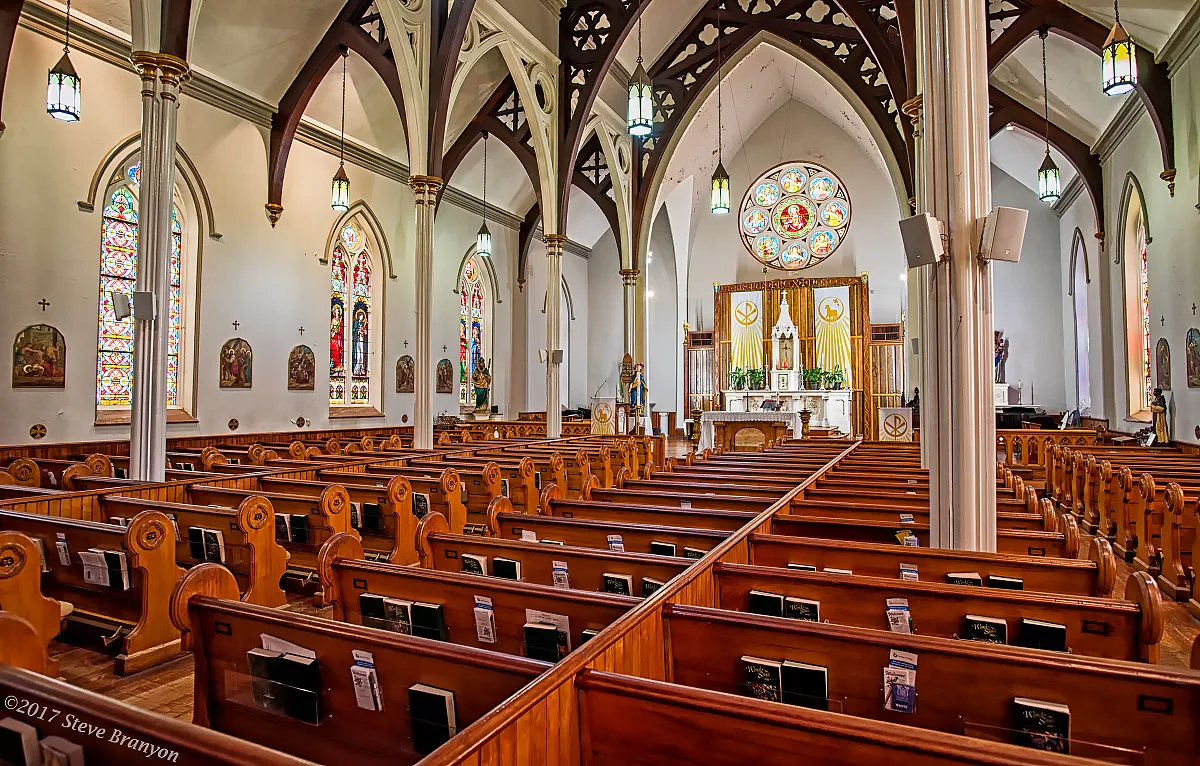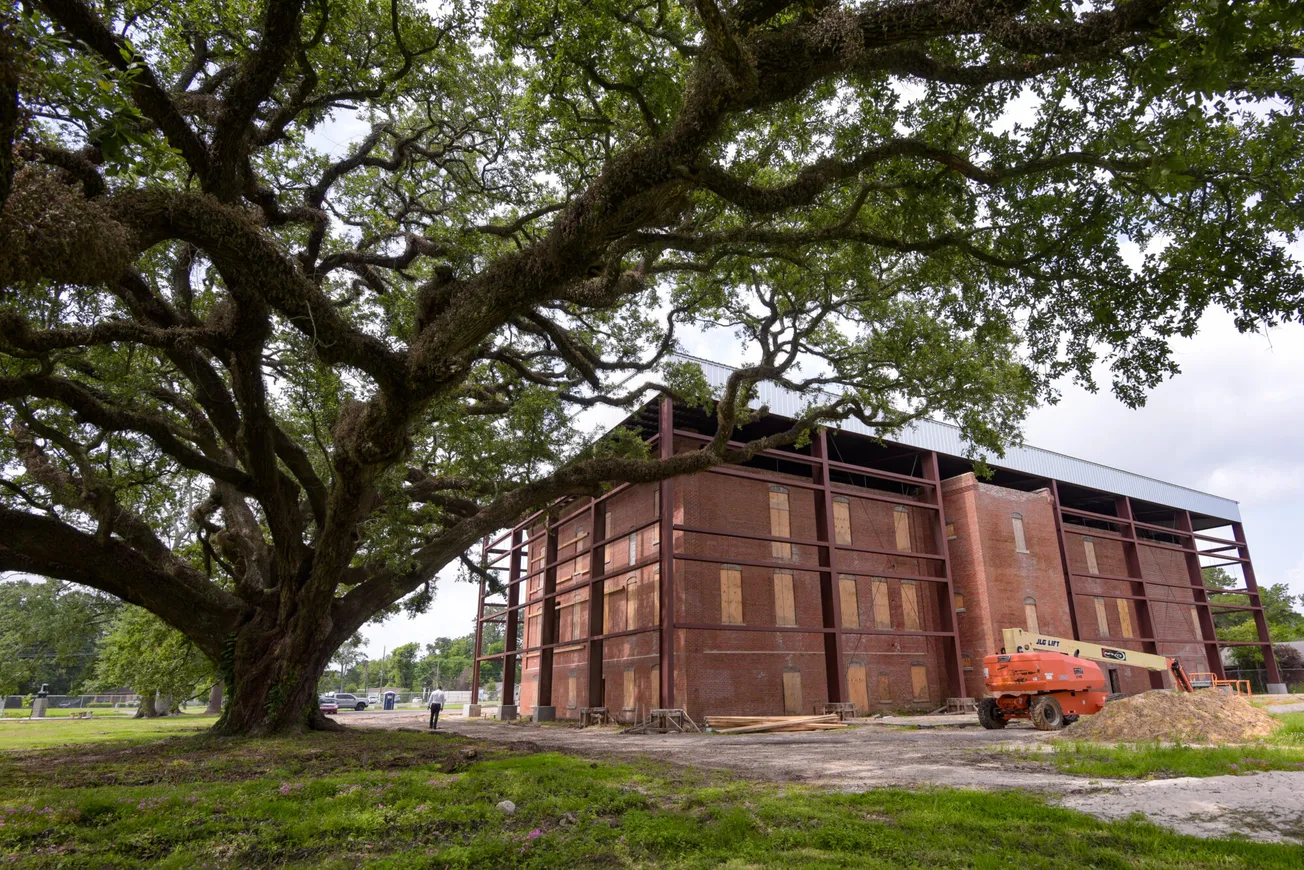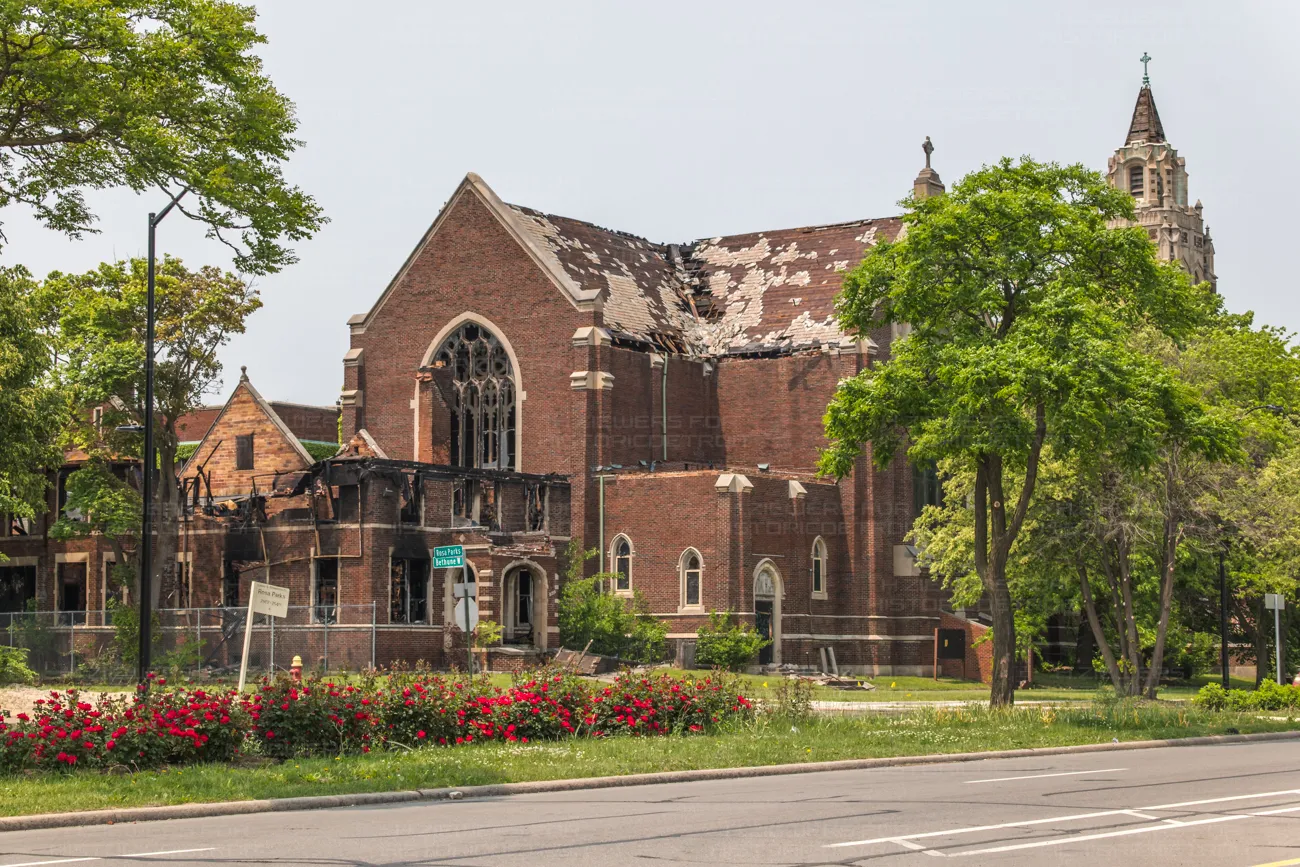The Basilica of St. Mary of the Immaculate Conception in Norfolk, Virginia—also known as the “Black basilica”—has been named a recipient of a grant from the National Trust for Historic Preservation, the organization announced this week.
Part of a $4M payout to 35 historically Black churches from the African American Cultural Heritage Action Fund (AACHAF), $150,000 will be paid over two years to help the centuries-old Catholic church maintain its nearly $7M restoration completed in late 2020.
“This grant will help the Basilica congregation hire senior preservation staff to implement its preservation plan, which will help the church remain an active presence during a time of neighborhood change and racial displacement within the broader community,” the NTHP said.
The parish of St. Mary’s has existed for 231 years and has operated in its current building since 1858, when a new church was built following an arson attack attributed to White Supremacists. (Though internally segregated, the church had allowed Black Catholics to worship there, inflaming local racist and anti-Catholic sentiment.)
Located in the city’s downtown district, St. Mary's was added to the National Register of Historic Places in 1979. It was named a minor basilica in 1991 upon its bicentennial, three decades after a nearby Black Catholic parish was merged in. Since the merger, the church has had predominantly African-American membership, making it one of only a few such basilicas in the United States.
In the decades after attaining basilica status, however, a series of adverse weather effects brought significant damage to the building, the extent of which was not fully discovered until 2015.
“Once they got the roof off, everything inside was a disaster because water had been coming in since long before it seeped through the ceiling,” said Fr Jim Curran, who has pastored the church since 2012.
Subsequent excavations related to the repairs also brought the revelation that beneath the church’s 165-year-old floors were possible Underground Railroad tunnels, as well as human remains recently estimated to be those of African Americans.
Curran says the new grant funding will ensure that the basilica can accurately assess its needs and preserve its growing historical significance.
“We want someone on staff that that knows what they're looking at when they see something,” he said.


The church has already displayed its willingness to preserve even the more complicated bits of its history. One notable feature of the restored church is the original 19th-century balcony pews where enslaved Black Catholics were once made to sit—excluded from the main area of the nave by their White neighbors and priests.
Along those lines, St Mary’s parish administrator Nicole Drummond says the grant will do more than just help the church preserve its physical structure.
“By doing so, we are able to remain open and continue to tell our story to the community,” she said.
As the oldest parish in the Diocese of Richmond, the basilica is one of two Black Catholic parishes in the latest round of awards from the AACHAF, which operates its “Preserving Black Churches” program with $20M in funding from the Lilly Endowment.
St. Rita Catholic Church, the oldest Black parish in Indianapolis, Indiana, received $100,000 in direct funding to help repair its bell tower and facade—augmenting a previous NTHP grant that required a donor match.
Fr Curran says the grant for the Black basilica in Norfolk shows that their Black Catholic history deserves to be amplified and preserved.
“We’re through the roof. The money, of course, is important but it's that they saw us as worthy,” he said.
“It was very affirming to us.”
Nate Tinner-Williams is co-founder and editor of Black Catholic Messenger and a seminarian with the Josephites.









